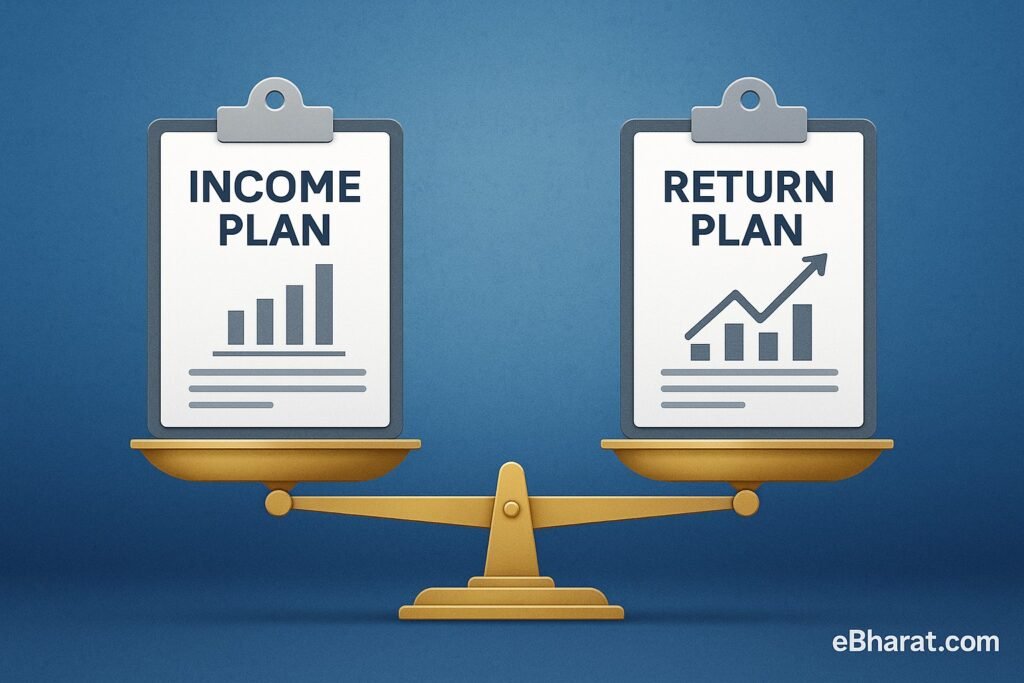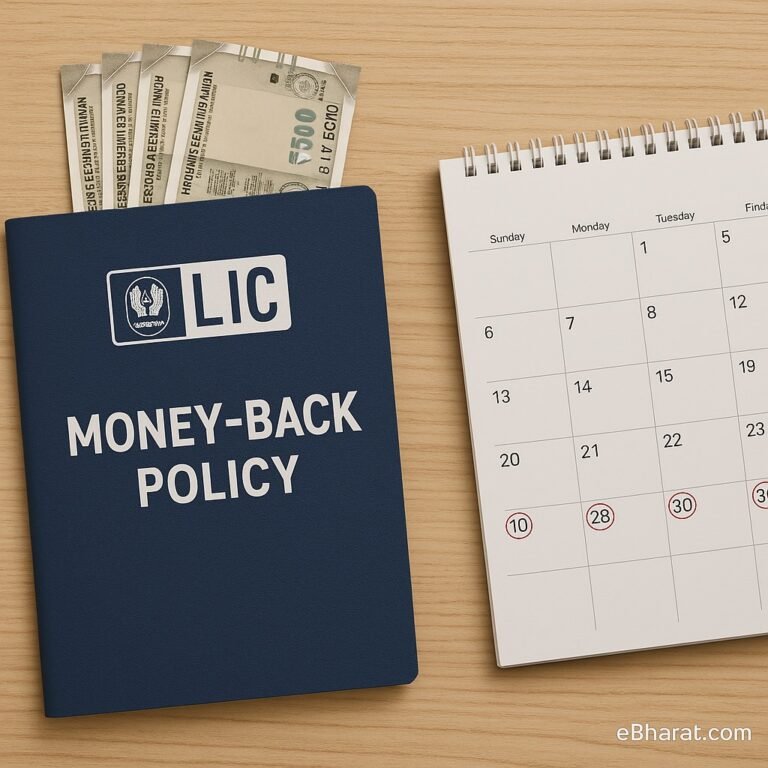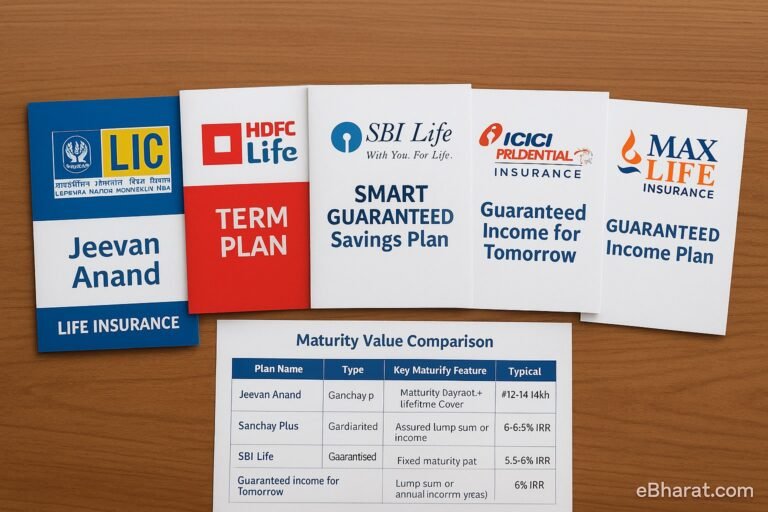
Income vs Return Plans – What’s the Right Choice in 2025?
Looking to invest in a life insurance plan but confused between monthly income plans and lump sum return policies?
You’re not alone. In 2025, many Indian families are choosing life insurance not just for protection — but as a planned income source.
In this article, we’ll compare both formats — their use cases, risks, returns, and who should pick what.
Summary Table: Income vs Return Plans at a Glance
| Feature | Income Plan | Return Plan |
|---|---|---|
| Payout Type | Monthly/Annual Income | Lump sum at maturity |
| Risk Profile | Low volatility | Fixed return |
| Ideal For | Retirees, Homemakers | Goal-based savings (marriage, house) |
| Popular Plans | HDFC Sanchay Plus – Life Long Income | LIC New Endowment Plan |
What Are Income Plans?
Income insurance plans give you guaranteed periodic payouts (usually monthly or yearly), either immediately after premium payment or post-maturity.
They are ideal for:
- Retired individuals
- Spouses managing home
- Parents wanting school/college fee support
Example:
HDFC Sanchay Plus – Life Long Income gives ₹35,000/month starting from the 11th year until age 99.
What Are Return Plans?
Return plans offer a lump sum amount at the end of the policy term.
They are non-market linked — so your maturity value is fixed at the time of purchase.
They’re great for:
- Buying a house
- Funding children’s higher education
- Creating a retirement corpus
Example:
LIC New Endowment Plan offers ₹12 lakh maturity after 15 years for ₹60,000/year premium.
Pros and Cons
Income Plans
Pros:
- Steady monthly cashflow
- Works like a pension for long-term goals
- Tax-free payouts (subject to limits)
Cons:
- Long waiting period (sometimes 10+ years)
- Less liquidity upfront
Return Plans
Pros:
- Full lump sum for goal-based use
- Predictable timeline for financial planning
Cons:
- No liquidity before maturity
- Maturity amount can get taxed if premium > ₹5L annually
Real Cost & Benefit Comparison (2025)
Let’s compare for a person aged 35 investing ₹50,000/year.
| Plan Type | Total Paid (10 Years) | Maturity/Income | Effective IRR |
|---|---|---|---|
| Income Plan | ₹5,00,000 | ₹30,000/month till age 99 | ~6.2% |
| Return Plan | ₹5,00,000 | ₹8.35 lakh at year 20 | ~6.4% |
Note: Actual IRR depends on age, plan variant, and T&C.
Expert Insight
According to a 2024 IRDAI survey, 38% of policyholders in Tier 2 cities preferred income plans for post-retirement security, while return plans were popular among salaried professionals saving for milestones.
Mistakes to Avoid
- Choosing income plans for short-term goals (payouts start late)
- Assuming maturity amount is always tax-free (watch for ₹5L rule)
- Ignoring inflation — fixed income may lose value over 20+ years
Related Tools
- Compare Return vs Income Plans – eBharat Plan Matcher
- [Life Goal Planning Calculator – for Marriage, House, Retirement]
- [Monthly Income Estimator Tool]
Final Word
Income plans are great if you need long-term monthly support. Return plans are ideal for lump sum needs. In 2025, choose based on your life stage and goal timeline — not just the payout.













